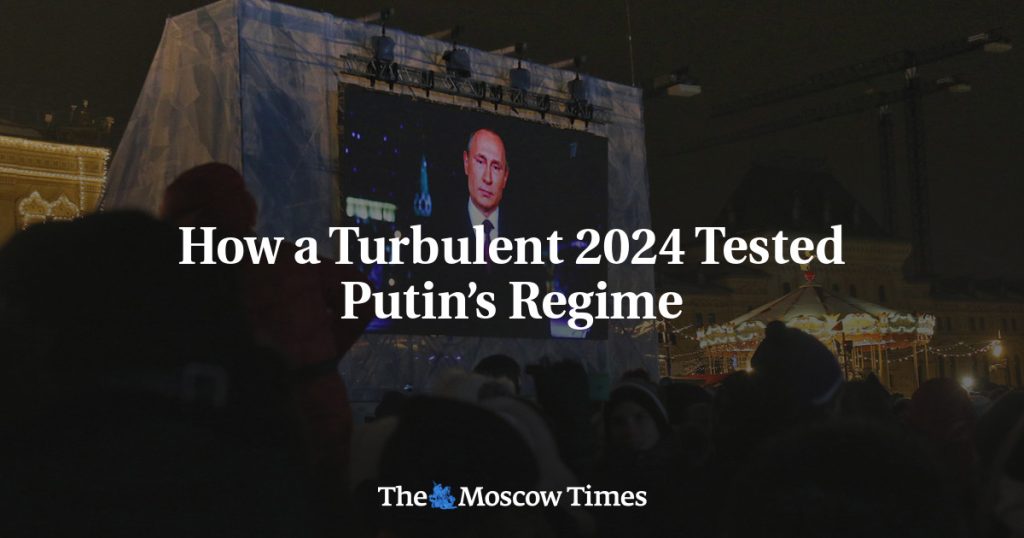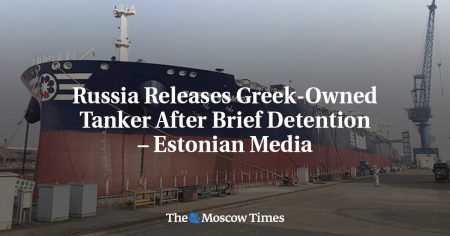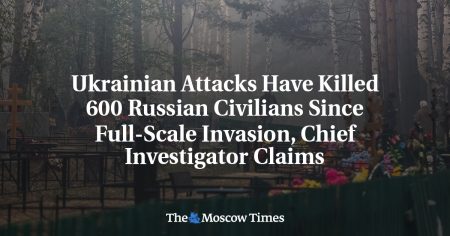In 2024, President Vladimir Putin faced a series of challenges that tested his grip on power in Russia. From the ongoing conflict in Ukraine to the overthrow of Bashar al-Assad in Syria, skyrocketing food prices, the death of Kremlin critic Alexei Navalny, and a terrorist attack in Moscow, Putin’s leadership was put to the test. Despite being re-elected for a fifth term with no meaningful competition, cracks in Putin’s regime began to show as resources were depleted at an accelerating pace.
The domestic political landscape in Russia was fraught with tension in 2024. The presidential election in March was overshadowed by allegations of widespread fraud, and the sudden death of Alexei Navalny in prison. The government intensified its crackdown on dissent, banning independent messaging platforms and blocking access to YouTube. Dissatisfaction grew among traditionally pro-Kremlin factions, with protests and repressions escalating in various regions, including Dagestan, Bashkortostan, and the Kursk region.
Putin’s foreign policy was dominated by Russia’s full-scale invasion of Ukraine, which consumed vast economic resources. The overthrow of Assad in Syria posed a setback to Russia’s regional influence, risking the loss of military bases critical for projecting power beyond its borders. With hopes for a potential reset with Washington under President-elect Donald Trump, Putin’s proposed peace terms with Ukraine remained unacceptable to Kyiv, raising the risk of further escalation in the conflict.
In terms of the economy, Russia faced growing challenges as the war in Ukraine drained resources and slowed economic growth. High inflation, interest rates near 20%, and defense spending at post-Soviet record levels were squeezing businesses and households. Labor shortages, rising inequality, and sanctions were further straining the economy. Despite projections for GDP growth to slow in 2025, Putin remained steadfast in his belief that he had steered Russia away from the brink of an abyss and preserved the country as an independent, sovereign power.
The Kremlin’s response to internal and external challenges in 2024 reflected an authoritarian grip on power, with crackdowns on dissent and continued military interventions in Ukraine and Syria. The suppression of opposition voices, restrictions on communication platforms, and escalating tensions with regional factions indicated a government willing to use force to maintain control. As Putin entered his 25th year in power, the future of Russia remained uncertain, with economic challenges, foreign policy setbacks, and domestic dissatisfaction threatening to undermine the foundation of his regime.
Looking ahead to 2025, Russia faces a fragile economy, continued military conflicts, and growing public discontent. The risks of stagflation, rising inequality, and ongoing sanctions raise concerns about the sustainability of Putin’s leadership. As the Kremlin pins its hopes on a reset with Washington and potential peace negotiations with Ukraine, the threat of further escalation looms. The resilience of Putin’s grip on power will continue to be tested as Russia navigates a complex and uncertain political landscape in the years to come.















